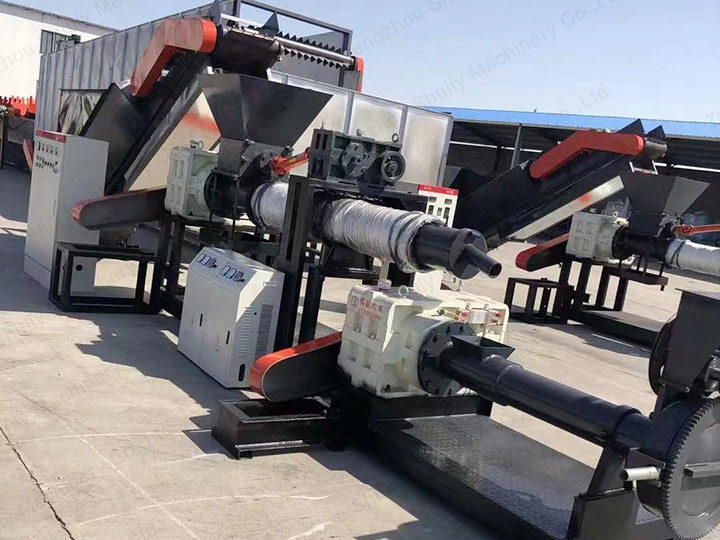What is the difference between PE and PP plastic?
There is no doubt that modern society is very dependent on plastic products. From product packaging and common household items to automobiles and industrial facilities. Before recycling PP and PE plastic, it is better to understand what is the difference between PE and PP plastic?
In the field of plastics used for consumer goods, two types are far more popular than others: polypropylene (PP) and polyethylene (PE). They are both very popular to be recycled by a plastic granulator. Then, there is a question: what is the difference between PE and PP plastic?

- Polypropylene (PP) is a polymer made from the monomer propylene. It is a thermoplastic that is second only to polyethylene in terms of the rate of global production. PP is an excellent packaging material. It has excellent moisture resistance and resistance to a wide range of acids and bases. It also has a good combination of flexibility, strength, impact resistance, and fatigue resistance. It is widely used in product packaging, fabrics, healthcare, and automotive applications.
- Polyethylene (PE) is the most widely used plastic in industry and daily life. It is generally divided into two types: high-density polyethylene (HDPE) and low-density polyethylene (LDPE). PE has excellent resistance to acidity and alkalinity. Almost all the plastic bags and various translucent or opaque plastic bottles seen on the market are made by HDPE, such as detergents, shampoos, shower gels, edible oils, pesticides, etc. Cling film and plastic film are usually made of LDPE.
